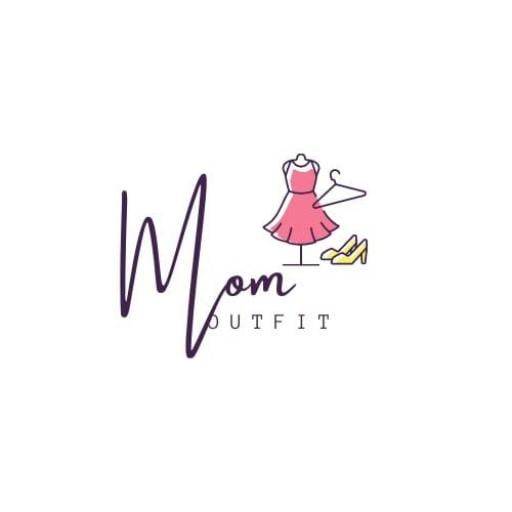Maternity pads are specifically designed for postpartum bleeding, offering more absorbency and coverage than regular sanitary pads. The differences lie in their size, absorbency, and coverage, which cater to the heavy bleeding postpartum period.
Maternity pads are longer, wider, and more absorbent to handle the heavier flow after childbirth, while sanitary pads are designed for lighter menstrual flow. It is important for women to use the appropriate pad type to ensure comfort and protection during this sensitive time.
The postpartum period is a crucial time for new mothers, and finding the right products to manage postpartum bleeding is essential. Understanding the differences between maternity pads and sanitary pads is important for making informed choices that promote comfort and well-being. This article will provide a comprehensive comparison of maternity pads and sanitary pads, helping new mothers make the best decision for their postpartum care. By examining the design, absorbency, and overall function of each type of pad, readers will gain a better understanding of which product is best suited for their needs.

Credit: thehoneypot.co
Understanding Maternity Pads And Sanitary Pads
Maternity Pads vs. Sanitary Pads: Maternity pads and sanitary pads are both designed for specific purposes. Maternity pads are specially designed for postpartum bleeding, providing extra coverage and absorbency. They are longer and thicker compared to conventional sanitary pads. Sanitary pads, on the other hand, are designed for menstrual flow and come in various sizes and absorbencies to accommodate different flow levels.
Purpose and Usage: Maternity pads are specifically designed to handle the heavy flow experienced after childbirth, offering superior absorbency and comfort. They are also suitable for sensitive postpartum skin. Sanitary pads are used for absorbing menstrual blood during a woman’s monthly cycle, providing comfort and protection against leaks.
Key Differences: The key differences lie in the design, absorbency, and purpose. Maternity pads are thicker, longer, and highly absorbent to manage postpartum bleeding, while sanitary pads are designed for menstrual flow and come in various sizes and absorbencies.
Pros And Cons Of Maternity Pads
Maternity pads offer extra absorbency and coverage compared to regular sanitary pads, providing more comfort and protection after childbirth. However, they can be bulkier and less discreet than standard pads, which may be a drawback for some. Selecting the right type depends on individual preferences and needs.
| Pros and Cons of Maternity Pads | |
| Advantages of Using Maternity Pads | Potential Disadvantages |
| Maternity pads are designed with extra-absorbent materials to manage heavy postpartum bleeding. | Maternity pads may feel bulkier and less discreet than regular pads. |
| They provide extended coverage for the entire postpartum period, reducing the need for frequent changes. | Their thicker padding might be uncomfortable for some women. |
| Maternity pads can help minimize the risk of leakage during the initial days after childbirth. | Some women find that maternity pads are expensive compared to regular pads. |
| They offer a sense of security and confidence for new mothers as they recover from childbirth. | Maternity pads may not be as readily available in stores as regular pads. |
Pros And Cons Of Sanitary Pads
Sanitary pads are a popular choice for menstrual hygiene due to their convenience and easy availability. They are designed to absorb menstrual blood and are suitable for postpartum care. However, they may cause skin irritation or discomfort for some individuals. Additionally, their use may contribute to environmental waste. When used as maternity pads, they may not provide sufficient absorption for heavy postpartum bleeding. It is important to consider the potential disadvantages and suitability for postpartum care when choosing between maternity pads and sanitary pads.
Frequently Asked Questions For Maternity Pads Vs. Sanitary Pads
Can I Use Sanitary Pads Instead Of Maternity Pads?
No, it is not recommended to use sanitary pads instead of maternity pads. Maternity pads are specially designed for postpartum bleeding and provide better absorption and coverage. Using maternity pads can help prevent leaks and keep you comfortable during the recovery period.
How Is A Maternity Pad Different From A Normal Pad?
A maternity pad is designed for postpartum bleeding, offering better absorption and coverage compared to a normal pad. It is longer, more absorbent, and ideal for after childbirth.
Can You Use Regular Pads For Postpartum?
Yes, you can use regular pads for postpartum. However, postpartum pads are more absorbent and larger for better protection.
Do I Really Need Maternity Pads?
Yes, maternity pads are essential for postpartum bleeding as they offer better absorption and coverage than regular pads, ensuring comfort and hygiene.
Conclusion
Choosing between maternity pads and sanitary pads is a personal decision based on individual needs. Both serve their unique purpose in providing comfort and protection during postpartum and menstrual periods. Understanding the key differences helps in making an informed choice for optimal hygiene and comfort.
Always prioritize your health and well-being.

Born in Texas, Jennifer loves to spend time with her kids. Often, she shares her thoughts from the experience of being a mother. She focuses on surprising the Momoutfit readers with incredible information. Her vision is being a better mother, a visionary person.
